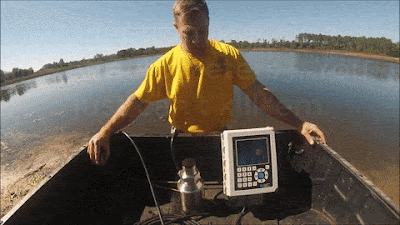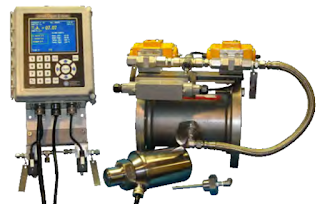Adherence to the concentration of dissolved substances in food production is crucial for consistent product quality. Using a refractive index measuring instrument called a refractometer is an excellent method to monitor these concentrations.
Refractometers measure the magnitude of redirection light when immersed in a fluid, referred to as the angle of refraction. The refractometer takes these measurements and correlates them to the refractive index (nD) - a long-established calculation of known values. These values determine the concentrations of the solutions.
Measuring the dissolved solids in food production offers enormous potential for increased efficiency and quality. In many applications, the process is manual, whereby measurements are done by hand repetitively and at short intervals. This is disruptive to the process and slow. A much more efficient and time-saving way is by taking process measurements with a pipe mounted (inline) continuous refractometer, such as the Electron Machine MPR E-Scan.
The density of the liquid varies as the number of dissolved particles increases or decreases. The MPR E-Scan continuously monitors the concentration using an inline sensor, enabling accurate measuring of the devolved solids, enabling repeatable management of the process. Typical applications run the gamut in all aspects of the food industry. Examples in food production include control of sugar concentration of juices, soft drinks, jams, jellies; measuring the milk fat solids in dairy products; and mash measurements, wort concentration, and alcohol level. By taking measurements continually and in real-time, production run time are shortened and efficiency is dramatically increased.
Electron Machine Corporation
https://electronmachine.com
+1 352-669-3101

























